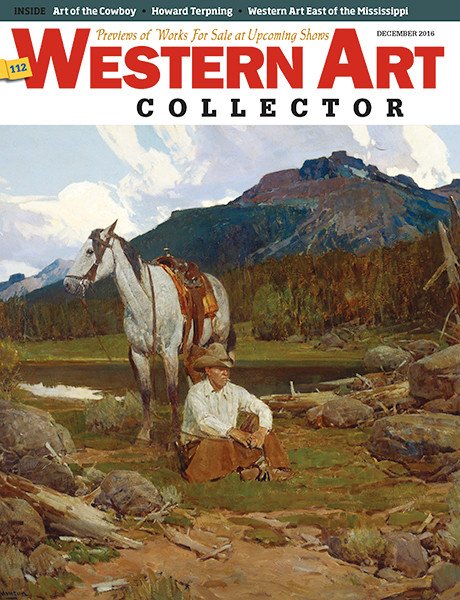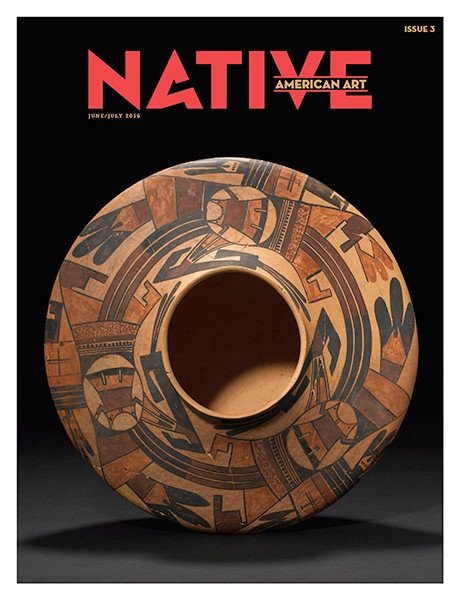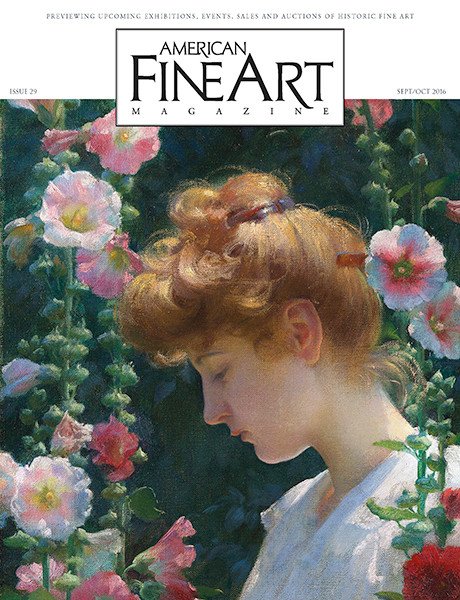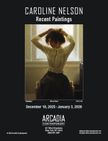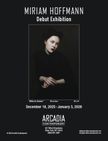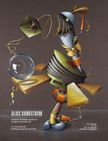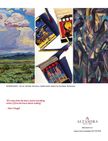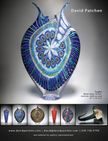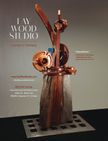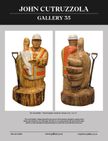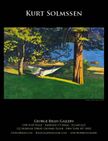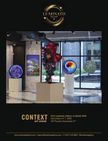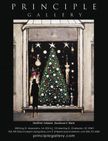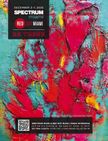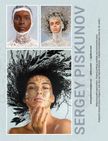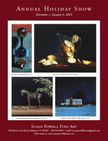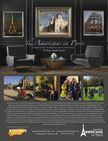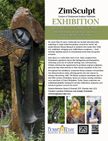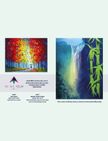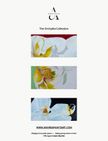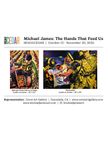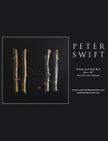Field of Dreams
In Frances Featherstone’s U.S. debut, Arcadia Contemporary unveils the artist’s most stunning work to date.
To Continue to Read this Edition,
Please Choose the Following:
Free Access
Register HereDon’t have an account or subscription?
Not Yet Ready to Subscribe?
We Invite You to Click Here and Register to read up to 3 online articles each edition.
You are limited to view up to 3 online articles across all devices.
To view more than 3 articles or for full access to the whole edition please Subscribe or Login to Your Account.
Account Login
LoginAlready Have an Account?
Click Here to Log In to Your Account to Continue.
Unsure if you already have an account?
Click here if you had Forgotten Your Password.
Subscribe
Subscribe
Print + Digital Subscription
(Available in North America Only)
$55 Year ($70 Canada)
Receive 12 Print issues in your mailbox PLUS access to the Digital online magazine for a Year!
Or
Digital Magazine Subscription
(Available Worldwide)
$40 Per Year
Receive access to the Digital online magazine for a Year!
No Risk Money Back Guarantee.
To subscribe or learn more click the link above.
